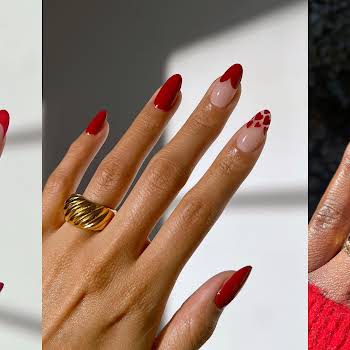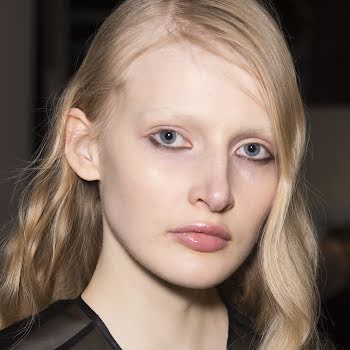By Grace McGettigan
12th Apr 2019
12th Apr 2019
Acid doesn’t have to be a scary word. In fact, when it comes to skincare, it’s one of the best words there is. Whether you’re worried about dryness, adult acne, ageing or pigmentation, there’s an acid-based product out there waiting to solve it all. But before we delve in any further, take note of one very important thing. Acids, no matter what type you use, will bring vulnerable, new skin cells to the fore; it’s important to protect them from air pollutants and UV rays. Always, and we mean always, wear SPF.
Acids are already present in lots of moisturisers and cleansers, so check the ingredients on the back of your bottles at home. When in doubt, ask. We’ve only got one skin – so it’s important we treat it well.
Related: How much do you really know about SPF?
Ageing skin
Concerned about fine lines and wrinkles? Give glycolic acid a go. It penetrates through any dead skin cells to reveal the brighter and younger cells underneath, making your face appear smoother and wrinkles less visible. The acid molecule is quite small so it absorbs easily into your skin, guaranteeing results. However, if your skin is sensitive, lactic acid is a safer option. It reduces the appearance of age spots and helps to firm sagging skin. The difference between it and glycolic is that lactic acid is made of larger molecules, so it doesn’t absorb into your skin as easily. Vitamin C is good for ageing skin too, but more on that later.
Sun damage and pigmentation
Vitamin C, or ascorbic acid, isn’t just handy for boosting your immune system. It’s also been said to reduce inflammation and the appearance of sun damage. This is because of its antioxidant qualities, which when applied to the face can protect you from free radical damage caused by the environment. These free radicals include everything from polluted city air to UV rays, both of which can break down your collagen and cause your skin to sag. By using a moisturiser or facial oil with Vitamin C, you can restore your skin’s natural plumpness and bring back that youthful glow!
Dry skin
Hyaluronic acid will transform you. In its purest form, it can hold 1000 times its own weight in water, so when applied to your face, the moisture stays in all day long! Think of it as a sponge holding onto water – you can’t get much more hydrated than that! For best results, gently exfoliate your skin before applying the product. It’ll absorb more quickly into the skin if it doesn’t have to battle through dead skin cells first.
Dull skin
Citric acid is great for brightening your face – but don’t go rubbing lemons or grapefruits all over. Small concentrations of it can be found in most facial cleansers, helping to remove dead skin cells and clear those pesky pores.
Oily and spot prone skin
Salicylic acid, all the way. It unclogs pores and dissolves the bacteria in your spots. It’s also an anti-inflammatory, so it soothes and calms your skin at the same time. This acid has a structure like no other, making it oil-soluble. It can absorb easily into oil-clogged pores, loosening the skin cells and dissolving blackheads. Be careful not to use it too often though, as this can lead to itchiness or irritation. When in doubt, double-check the directions on the back of the bottle.
Photo: Jason Lloyd-Evans, Milan Fashion Week, AW17
More like this:
- Five French pharmacy beauty brands that you can buy in Ireland… here.
- Four homemade face masks to suit every skin type… here.
























